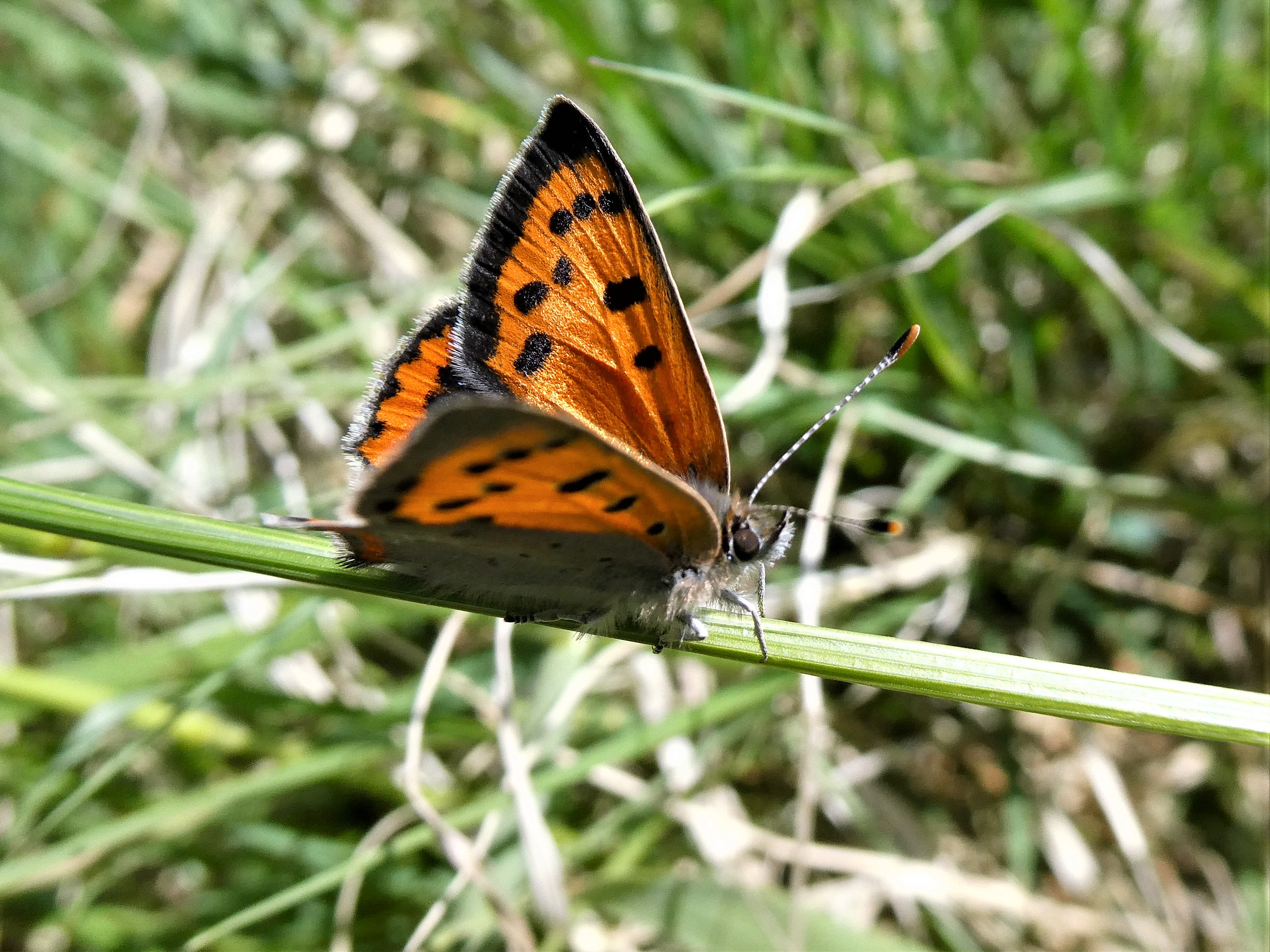A Bird, came down the Walk – Emily Dickinson
A Bird, came down the Walk –
He did not know I saw –
He bit an Angle Worm in halves
And ate the fellow, raw,
And then, he drank a Dew
From a convenient Grass –
And then hopped sidewise to the Wall
To let a Beetle pass –
He glanced with rapid eyes,
That hurried all abroad –
They looked like frightened Beads, I thought,
He stirred his Velvet Head. –
Like one in danger, Cautious,
I offered him a Crumb,
And he unrolled his feathers,
And rowed him softer Home –
Than Oars divide the Ocean,
Too silver for a seam,
Or Butterflies, off Banks of Noon,
Leap, plashless as they swim.
The American poet Emily Dickinson (1830-1886) wrote here about her encounter with a bird that appeared in her garden. In this poem, she celebrates the natural world and a unique feature of style here is Dickinson’s superb recording of minute detail: “And then he drank a Dew/From a convenient Grass.” Her focus is almost microscopic; she does not say “the dew” but “a Dew” as she records a small bird take a single droplet from a solitary grass blade. I was struck by her way of taking a simple action and communicating it in a fresh, innovative way.
Dickinson self-isolated in her family home in Amherst, Massachusetts. This isolation was a decision she took-it was not enforced. It probably contributed to her intense focus on minute detail, as you can see she did in this poem.
Most of us are currently in a similar situation today. Our restricted range has meant that we must stay close to home or even at home. We are able to look at those things we see close to us, often in our gardens or a local green space. More people are hearing birds and seeing butterflies-we have heard that “butterflies are everywhere” – it is not necessarily the case that populations are more abundant, it is more likely that butterflies are receiving more attention now.
Recently I observed behaviour in two species that I had not seen before, in two common butterflies that I probably take for granted.
The Speckled Wood, a fairly unspectacular abundant hedgerow and woodland butterfly is found throughout Ireland. This butterfly flies from April to October, in perhaps three generations, at least some of which overlap. Males are territorial and will expel another male from its home range. When a territory-holding male sees another male enter his patch, an aerial battle follows where each flies at the other in a tight spiralling orbital flight. After a while, the invader is repelled or he departs. Apparently, the holder of the territory always wins.
Recently while walking along a worn track bordered on both sides by lovely farm hedges near my home, I saw two males battling in a way I have not seen before or read about. Both were on a patch of dry, bare soil, facing each other head-on, like boxers engaged in close combat. Each was circling the other. Then the attack followed with head-butting and wing-flapping. One was clearly the more aggressive and the more defensive butterfly soon took flight, chased by his opponent. Luckily I caught the action on camera! See https://www.youtube.com/watch?v=4JZQWEHpizg
Another drama I spotted was in the adjoining field where two male Small Coppers had emerged to find their preferred territory crowded. Two is not company as far as male Small Coppers are concerned. Watched over a two day period, frequent fairly aggressive altercations were ongoing, yet neither male was prepared to desist or depart. The ground fought for is a highly suitable site-a flowery area containing lots of the larval foodplant (Common Sorrel) in a warm area along a south-facing hedge. One of the males is larger and he appears to be the dominant force. Fights were aerial. When the smaller one managed to lose his pursuer, he landed and shook his wings violently, possibly to repel his rival.
The other male did not vibrate his wings-clearly not worried by his smaller opponent. I noticed that the smaller male shivered his wings even after the attack had come to an end-he looked, to me, as though he had been bullied. His behaviour was clearly influenced by the onslaught of the larger male. See this video of this smaller male feeding on Common Dandelion at https://youtu.be/knkqNFrO9xg
Even if we do not see anything unusual in our experience on our daily walk, we can enjoy the wonders of our world and its gems, our butterflies.


